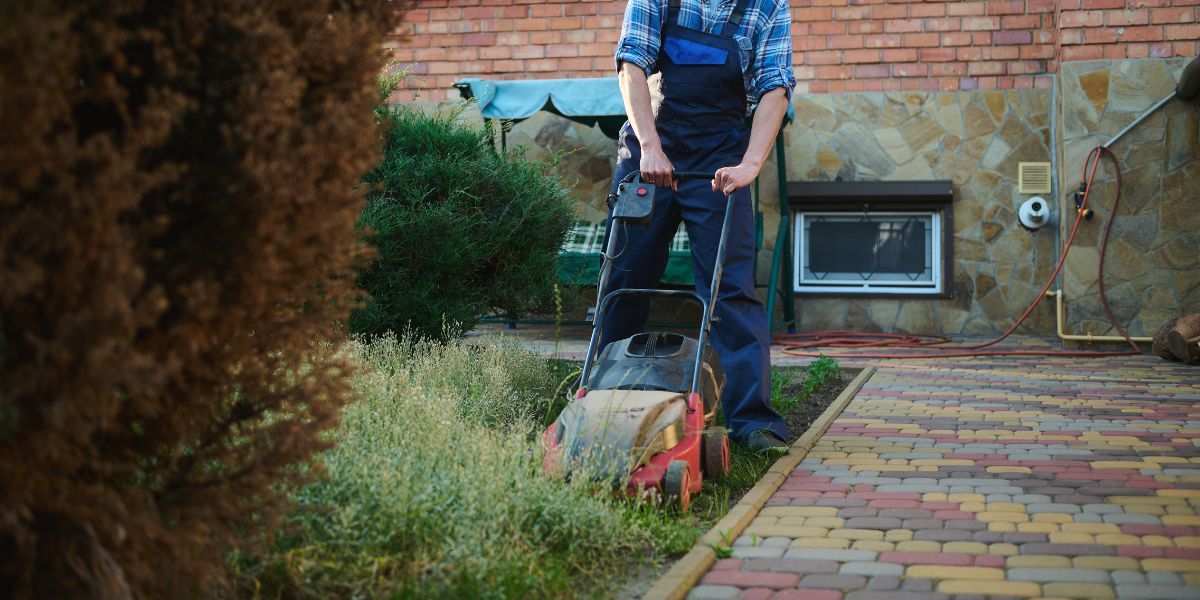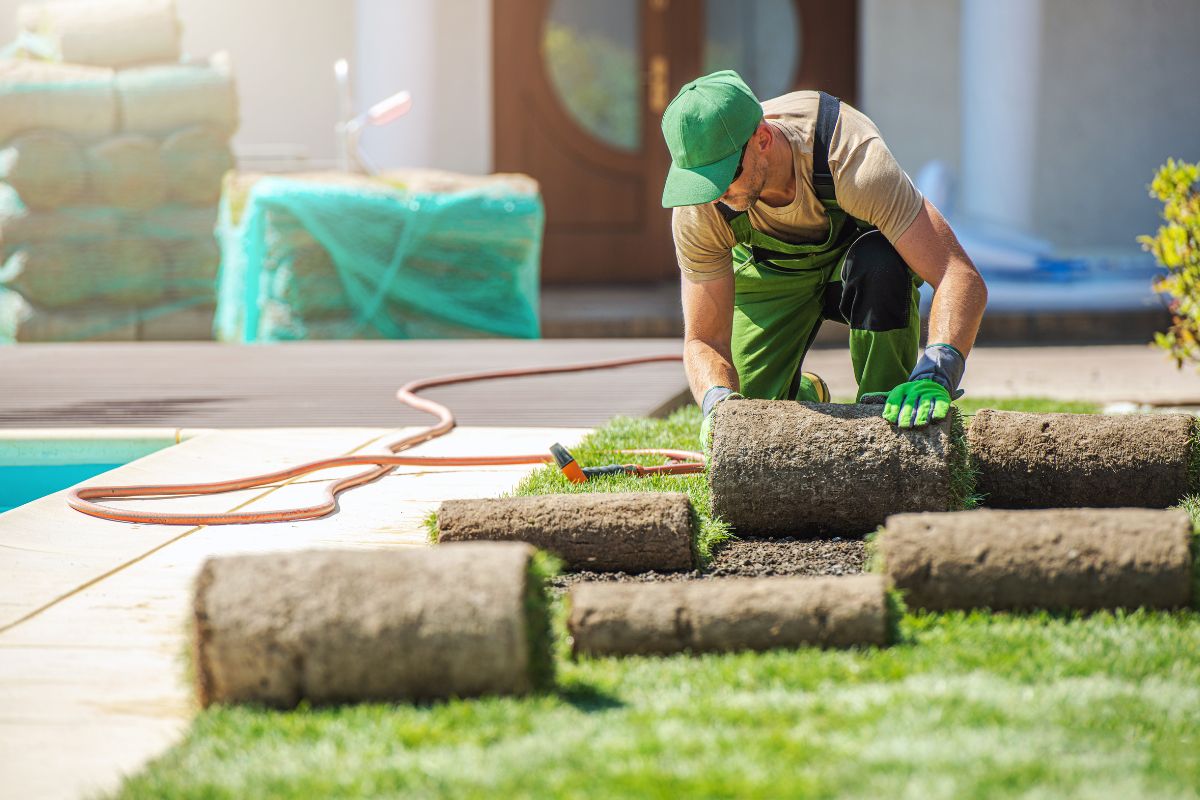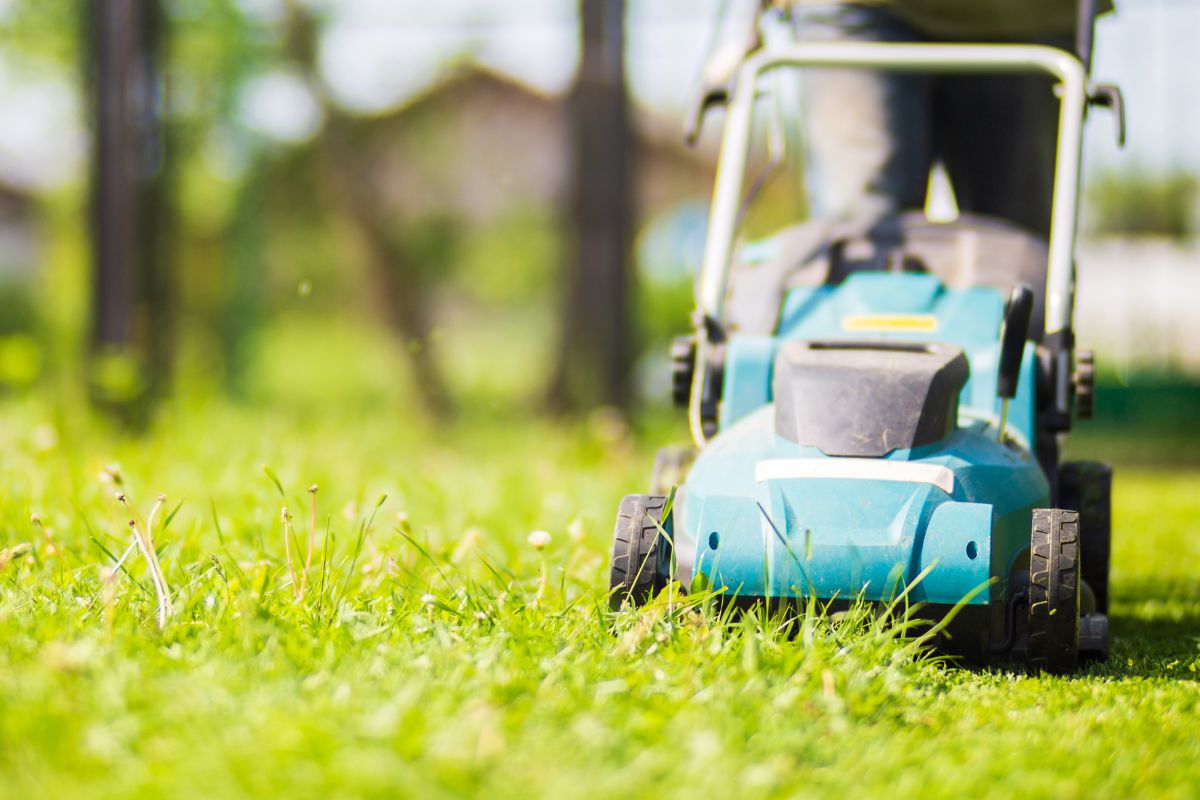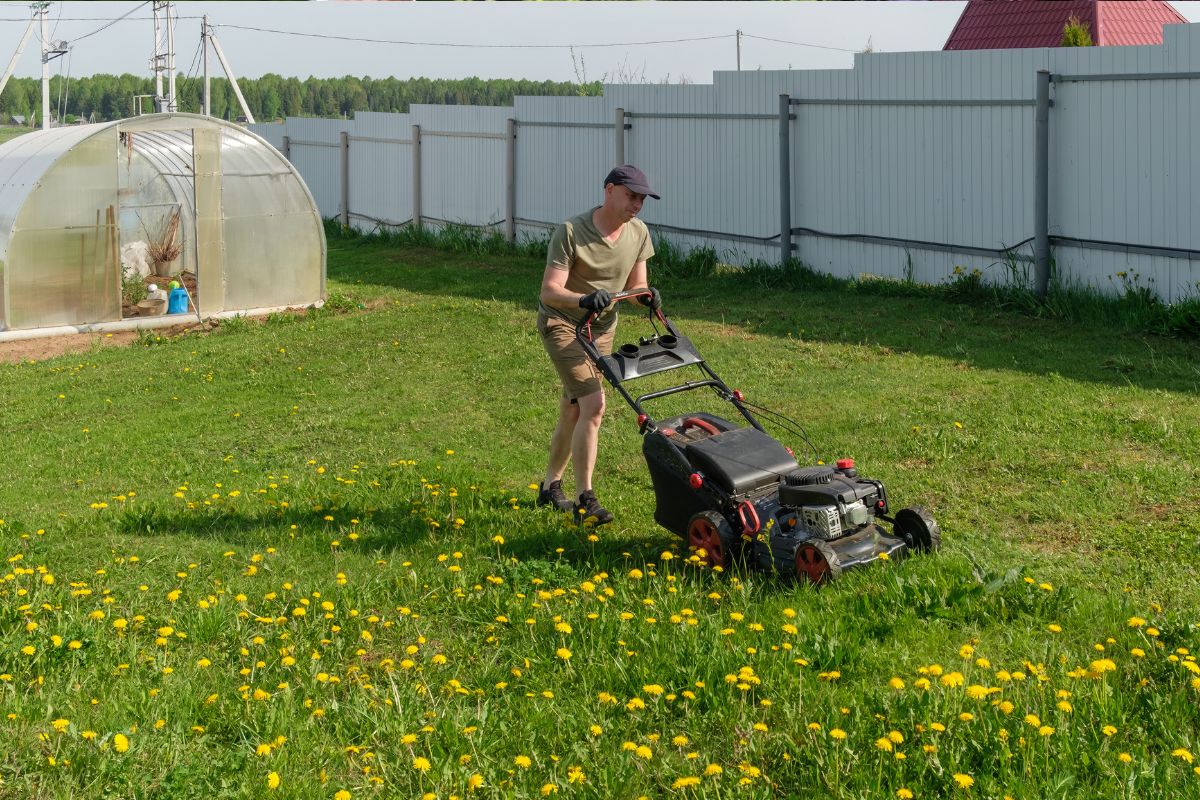Understanding Shady Lawn Areas
Before we hit the grass types that are the best for shade, there’s something worth knowing about 'shade.' Not all specified shaded areas are created equal. They can grow in dappled sunlight for about a few hours a day and/or be in dense shade most of the day. You need to measure the amount of light your lawn receives because different types of grasses have different shade tolerance.
- Full Shade: Areas where there is little direct sunlight or shade all day by trees, buildings or other structures.
- Partial Shade: Areas that are not getting 2-4 hours of direct sunlight or indirect light throughout the day.
There are lots of shade-tolerant grasses, but they all differ in the shades of shade that they tolerate, and you want to choose the grass depending on your specific type of lawn conditions.
Top Grasses for Shade
Continuing, we talk about the types of grasses that will work best on your shady lawn. Let us look at cool-season grasses and warm-season grasses, the best for varying degrees of shade.
1. Fescue (Fine Fescue, Tall Fescue, Creeping Red Fescue)
Fescue is one of the best choices for shaded lawns and is particularly good in cooler climates. Particularly adapted to both full shade and partial shade, are Fescues. A grass variety well known for its fine texture and ability to stay green and lush with limited sunlight.
- Fine Fescue: This includes several types — such as creeping red fescue, hard fescue, sheep fescue and chewings fescue. These grasses are amazingly shade-tolerant and will grow quite nicely in cooler, shaded areas. And fine fescues are frequently used in mixes and are also ideal for lawns with little sunlight, throughout the country.
- Tall Fescue: Shaded lawns can be done well with tall fescue. It’s not quite as shade tolerant as fine fescue and can handle moderate shade, but it has excellent wear and is drought-resistant. Also, tall fescue is heat tolerant so it makes for a nice option for shaded and heat-stressed lawns.
Why Choose Fescue?
- Great for areas with moderate to deep shade.
- Fine texture and attractive colour.
- It can be grown both in cold and mild weather.
- Great for lawns where you walk occasionally.
2. Kentucky Bluegrass (Poa pratensis)
A light shade-tolerant variety of Kentucky bluegrass has been bred. But kept in the right conditions these grasses, although not as shade tolerant as fescues, can still survive in partial shade. It is a favourite of homeowners because it has a deep green colour and soft texture yielding a lush and attractive lawn.
Kentucky bluegrass won’t do well in dense shade, but it will do well in areas where it receives several hours of filtered sunlight a day.
Why Choose Kentucky Bluegrass?
- Ideal for lawns with partial shade.
- Soft, lush texture and deep green colour.
- Performs well in cooler climates.
- Combines best with other grasses (e.g. fescues) for better shade tolerance.
3. Buffalo Grass (Buchloe dactyloides)
The warm-season grass buffalo grass is highly drought tolerant warm weather grass that also takes low maintenance conditions well. Buffalo grass is usually grown in sunny places, but some actual types can live with some shade, provided they get a little bit of dappled sunlight. For lawns that are partially shady and have well-drained soil, buffalo grass would be just the right lawn. Homeowners who are after a low-maintenance, environmentally friendly option will find it's a great choice.
Why Choose Buffalo Grass?
- Drought-tolerant and low-maintenance.
- Great for lawns with mild shade and full sun.
- Ideal for warmer climates with long summers.
- Once established, it needs a minimum of mowing and watering.
4. Zoysia Grass (Zoysia japonica)
Zoysia is a great warm-season grass for lawns with heat and drought tolerance and sun and shade in your lawn area. Zoysia can take moderate shade, especially if the area is in particularly shaded areas. It forms a dense carpet-like lawn, much less to mow and water than many cool-season grasses.
Given the right conditions, Zoysia grass is a good choice for a low-maintenance, attractive lawn, but it may need a little extra care in areas of deep shade.
Why Choose Zoysia Grass?
- Moderate shade tolerant.
- Dense and slow-growing, reducing the need for frequent lawn mowing.
- Excellent drought tolerance.
- Ideal for warm-season climates.
5. Perennial Ryegrass (Lolium perenne)
Yet another cool season grass that does well in a shaded lawn is perennial ryegrass. Very quick to germinate and establish itself; a good choice for overseeding or patching up thin areas in the lawn. Perennial ryegrass is well suited for full sun but does tolerate some shade, especially in cooler climates where summers are mild.
Fine in texture, smooth, and rich green, perennial ryegrass is an attractive choice for lawns with light to moderate shade.
Why Choose Perennial Ryegrass?
- Fast-growing and quick to establish.
- Performs well in partial shade.
- Rich green colour and has a fine texture.
- It makes a nice overseed, or for filling in thin areas.
6. Bermuda Grass (Cynodon dactylon)
Grown in places where there is a never-lasting dense cover, Bermuda grass can tolerate some light shade, and it’s generally known for its desire for sun and heat. Bermuda is a warm-season grass and is well suited for hot climates and lawns that take light partial shade with periodic sun.
However, it is worth noting that the real Bermuda grass will do fine in a shady area, but it will be much less efficient than other grasses. It is however an option for mild to moderate shade under the right conditions.
Why Choose Bermuda Grass?
- Tolerates light to moderate shade.
- A great performer in hot climates and full sun.
- An ideal lawn surface that’s durable and very dense.
- Good for lawns with intermittent shade and lots of foot traffic.
Common Lawn Problems in Shaded Areas
While lawns in shaded areas take all the precautions but still face a few specific challenges that will need to be addressed to maintain their healthy status. Let’s look at some common problems and their solutions:
1. Moss Growth
If you have any shady areas, they tend to retain the moisture, that’s perfect for growing moss. The grass struggles and in such areas, moss can quickly spread. Here’s how to deal with moss:
- Improve Drainage: Change the soil in that area by aerating or adding organic matter to the soil to improve drainage of the area.
- Increase Sunlight: Prune the trees, where possible, to allow more sunlight down to the ground.
- Use Moss-Resistant Grasses: Fine fescue is a grass that is less prone to moss, as it loves cool moist places that are ideal for moss.
2. Compacted Soil
The problem with lawns growing in shady areas is that the moisture retention drops the soil to a hard compaction making it so that grass roots cannot travel through the soil. To fix this:
- Aerate the Soil Regularly: Aerating your lawn helps oxygen, water and needed nutrients to move the roots more.
- Add Organic Matter: Like fruit trees, rose bushes have a deep root system that needs to hold together well and reach out over a wide area.
- Avoid Heavy Foot Traffic: Walk on it as little as possible, and when you must, try to keep off the places that are already worse, such as in shaded places where the soil is more compacted.
4. Pest Problems
Because of this attraction to shady areas with moist, cool conditions, pests such as slugs, snails and insects are more likely to visit your grass, thus causing damage to it. To prevent this:
- Use Natural Pest Controls: If you are not fond of using chemical products to repel pests, you may opt for natural methods. It means introducing beneficial insects or using organic pest repellents.
- Maintain Proper Drainage: An inviting place for pests is standing water or overly moist conditions. It needs to be soil that drains well and doesn’t stay waterlogged.
Conclusion
There is no question that a lush, healthy lawn can be achieved in a shaded area with the right grass variety and some care. Fescue and Kentucky bluegrass are cool-season grasses and they work to great effect. But if you want warm season grasses, zoysia and buffalo grass also work great depending on climate, the amount of shade your lawn will receive and your level of commitment towards maintenance.
Understanding what to grow in the shade, when to water (and when not to), and how to avoid its growth-crippling foot traffic issues can be used to help you transform your shady lawn into a well-curated green space that you’ll be proud of, regardless of season. If you hire a gardener and choose the right grass variety, even the shadiest parts of your yard can become an integral part of your landscape.








